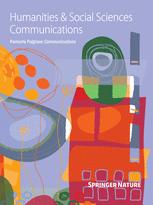DOI:
https://doi.org/10.1093/aob/mcs235Dimensions Citation Count:
Publication year
2013
Authors
Kadu, C.A.C.; Konrad, H.; Schueler, S.; Muluvi, G.M.; Eyog-Matig, O.; Muchugi, A.; Williams, V.L.; Ramamonjisoa, L.; Kapinga, C.; Foahom, B.; Katsvanga, C.; Hafashimana, D.; Obama, C.; Geburek, T.
Language
English
Keywords
climate change, genetic variation, genetic resources, prunus africana
Geographic
Kenya, Madagascar, Tanzania, Uganda, Cameroon, Equatorial Guinea, Nigeria, Zimbabwe, Madagascar, Ethiopia, Eritrea, Comoros Islands





















